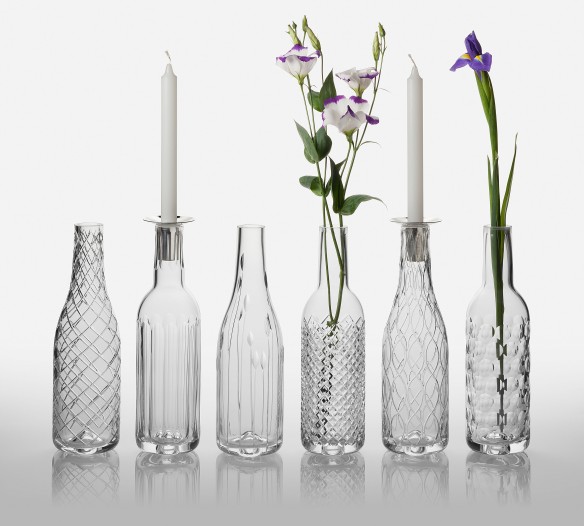Even if you’ve never heard of Giulio Cappellini, or the eponymous design studio he’s run for three decades, chances are you’ve seen some of the furniture maker’s quizzically shaped, brightly hued tables, couches and cabinetry.
If not in top style mags like Elle Decor, Dwell and Architectural Digest, then on display at prestigious museums like the V&A in London, the Museum of Decorative Arts in Paris and New York’s MoMA.
Part of what has made the 59-year-old so successful is a singular ability for discovering, developing and collaborating with untapped talent: much lauded stars like Marcel Wanders, Jasper Morrison and Tom Dixon all got their first big breaks by working with the Milanese master.
When Cappellini was in Toronto recently to give a lecture at the Design Exchange, we caught up with him to talk about his sense of colour, humour and how he finds his bright young things.
You’ve got a knack for spotting fresh talent. How do you do it?
I travel a lot. I visit universities and schools. I meet a lot of people. Sometimes I just see a rough prototype or a sketch. Or sometimes I meet someone and I just think that this person can work well with Cappellini. The feeling I get for the person is very important, because sometimes it takes years between the first prototype and the final design. And I never just want to make one piece with a designer. So we need to build a strong relationship.






